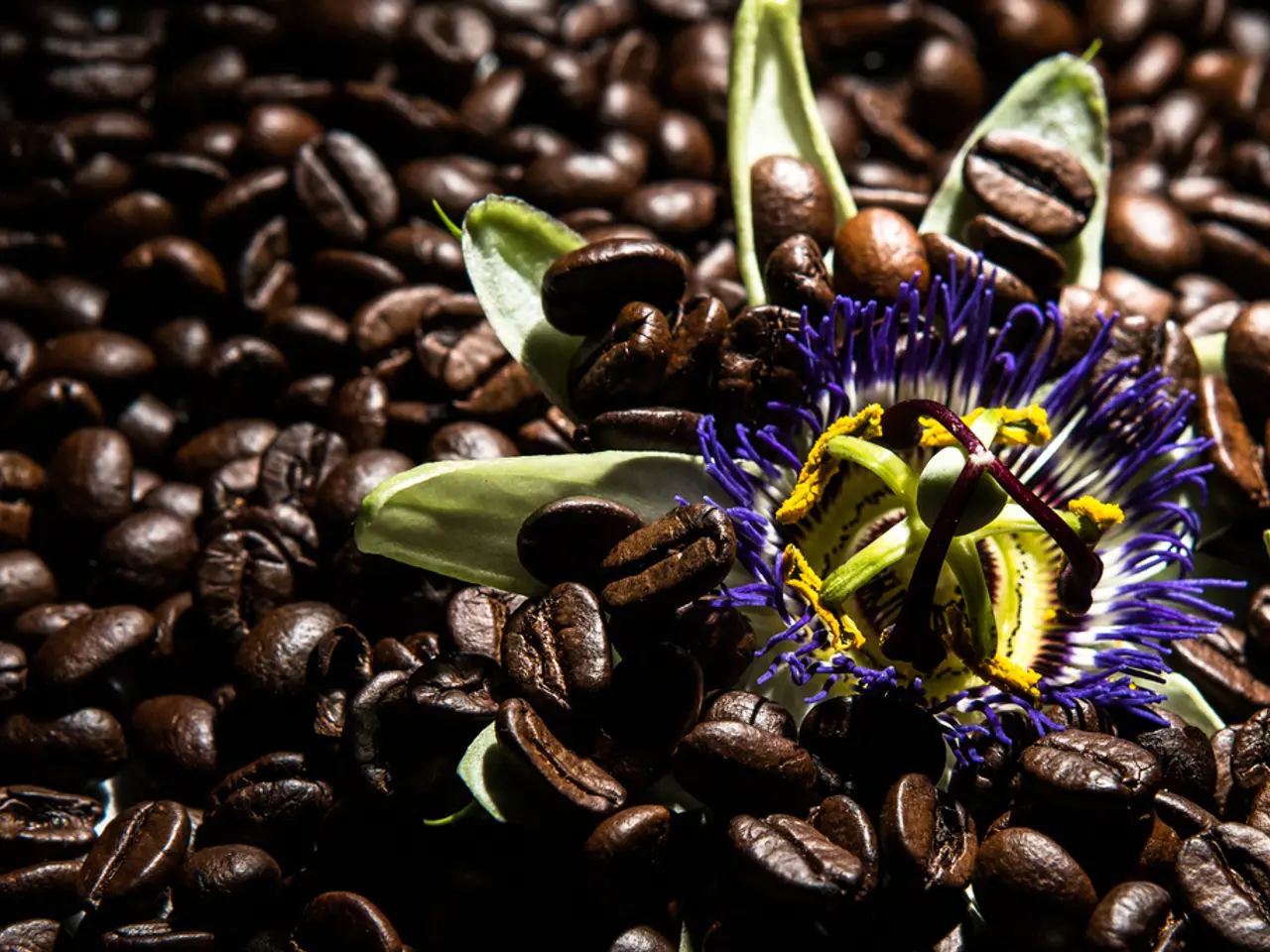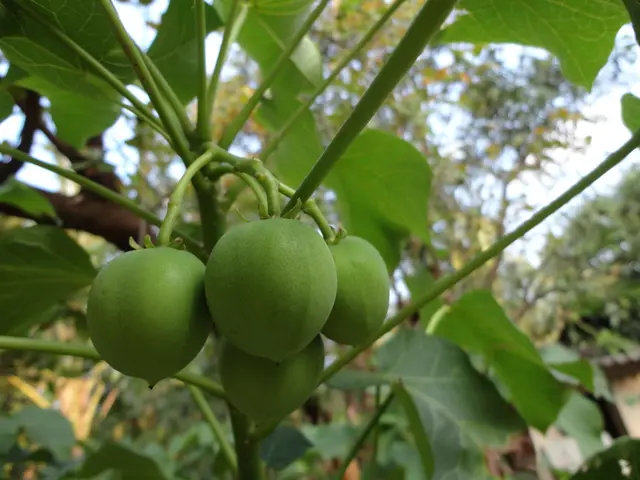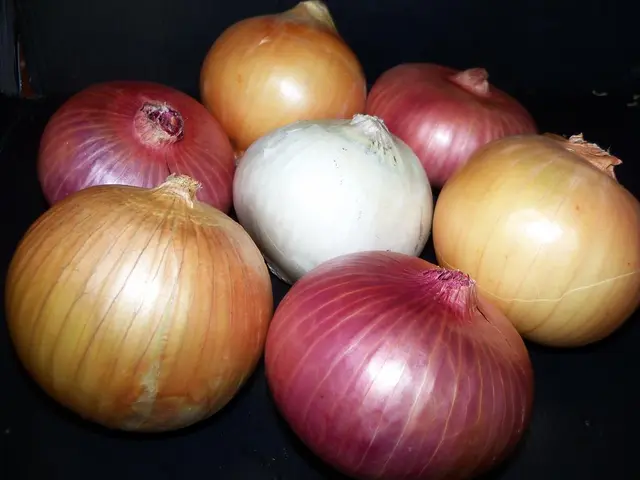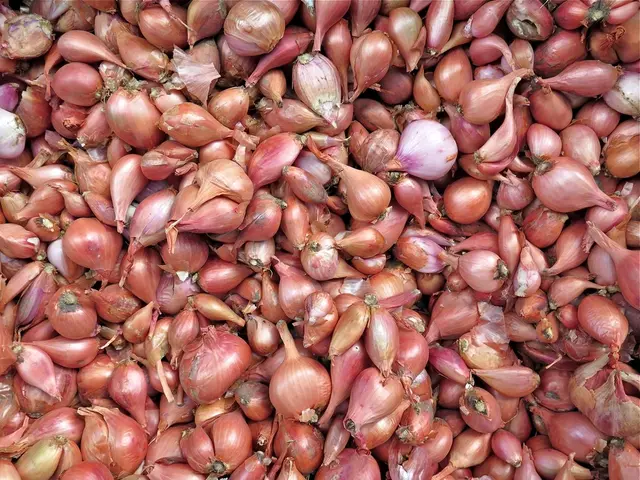Instructions for Nurturing and Cultivating French Beans
Ready to dive into the world of French beans? Here's a lively rundown on everything you need to know about growing these delicious plants!
Growing French Beans From Seed
Let's start with the basics – French beans thrive in sunlight, shelter, and well-draining, moisture-rich soil. They don't do well on heavy clay, so make sure to dig in plenty of organic matter before planting.
As a tender crop, you'll need to sow French bean seeds indoors from April and plant them outside after the last frost, generally in late May or early June. To keep enjoying beans through autumn, keep sowing every three weeks until early summer. You can also sow seeds outdoors for later plantings, but cover them with a cloche to keep them warm.
Suitable Planting Conditions
Average Yield:4.5kg per 3m row
When it comes to soil temperature, aim for a temp of around 50°F (10°C) or above, with the best germination happening between 60 and 80°F. For bush beans, plant seeds 2-4 inches apart, in rows 24-30 inches apart. Pole and half-runner beans need 4-6 inches of spacing, with 2-4 seeds per support pole and 30-36 inches between rows.
Plant Care
Spacing:15 apart45 between rows
Grow pole and half-runner beans with a trellis or poles, as they can grow quite tall (up to 6 feet or more). Bush beans do not require support, since they grow shorter (2-3 feet). The soil should be loose, well-draining, rich in organic matter, and have a pH between 6.0 and 6.5. When it comes to watering, keep the soil evenly moist but not waterlogged, especially during flowering and pod formation. Consistent moisture encourages healthy pod development. Apply organic mulch around the base to retain soil moisture, regulate soil temperature, and suppress weeds.
Harvesting and Storing
Depth:5
French beans are ready to harvest 50-60 days after sowing for bush varieties, while it may take longer for pole beans. Harvest when the pods are young, tender, and neat to encourage continuous production. Harvest every few days during the growing season. Store freshly picked beans in a cool, humid environment like a refrigerator vegetable crisper for up to a week. Beans can also be blanched and frozen for longer storage.
Pest Control and Disease Management
Regularly check plants for pests such as aphids, bean beetles, or fungal infections. Use hand removal or organic sprays (if necessary) for pest control. Crop rotation, planting disease-resistant varieties (if available), and proper spacing help reduce pest and disease buildup. Proper plant spacing also improves airflow, preventing fungal diseases.
Notable French Bean Varieties
'Provider' is a popular, reliable variety known for good yields and disease resistance. Among other notable varieties, 'Borlotto' offers colorful mature pods that are ideal for drying, while 'Hunter' produces large crops of stringless, flat pods and offers good disease resistance.
Give French beans a try – with their double crop (enjoy the pods as beans or let them dry for later use as haricot beans), ease of growth, and tasty results, it's a win-win situation!
After sowing French bean seeds indoors from April, consider planting them outside in your home-and-garden once the last frost has passed, typically in late May or early June. To maintain a steady supply of beans throughout the year, keep sowing every three weeks until early summer. Furthermore, for those who enjoy home-and-garden lifestyle, gardening with French beans could be an exciting addition, offering not only delicious beans but also the possibility of harvesting dry beans for future use.








